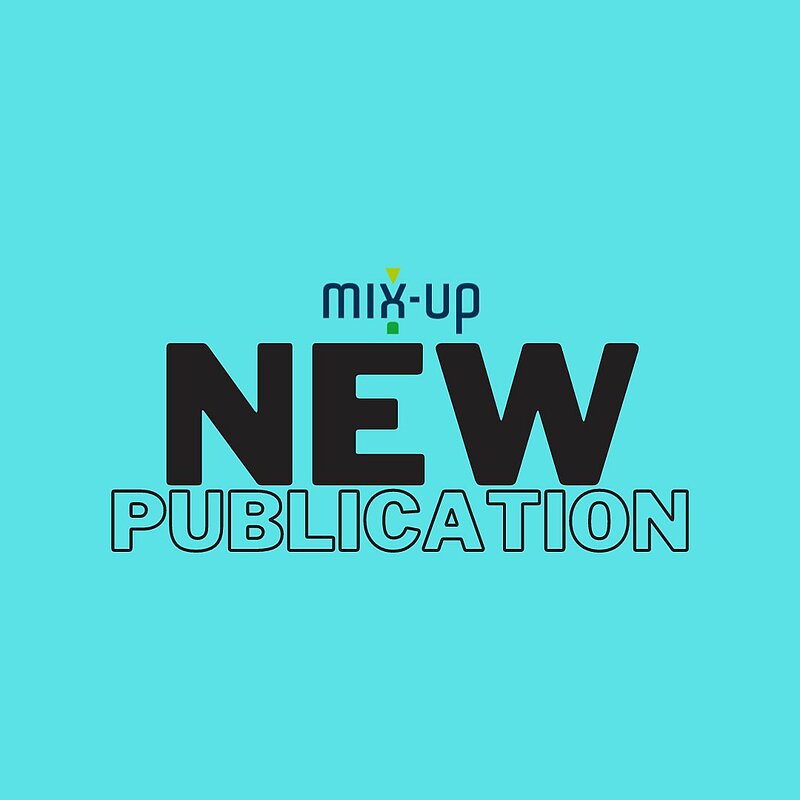The microbial degradation of pesticides by pure or mixed microbial cultures has been thoroughly explored, however, they are still difficult to apply in real environmental remediation. Here, we constructed a synthetic microbial consortium system (SMCs) through the immobilization technology by non-living or living materials to improve the acetochlor degradation efficiency. Rhodococcus sp. T3-1, Delftia sp. T3-6 and Sphingobium sp. MEA3-1 were isolated for the SMCs construction. The free-floating consortium with the composition ratio of 1:2:2 (Rhodococcus sp. T3-1, Delftia sp. T3-6 and Sphingobium sp. MEA3-1) demonstrated 94.8% degradation of acetochlor, and the accumulation of intermediate metabolite 2-methyl-6-ethylaniline was decreased by 3 times. The immobilized consortium using composite materials showed synergistic effects on the acetochlor degradation with maximum degradation efficiency of 97.81%. In addition, a novel immobilization method with the biofilm of Myxococcus xanthus DK1622 as living materials was proposed. The maximum 96.62% degradation was obtained in non-trophic media. Furthermore, the immobilized SMCs showed significantly enhanced environmental robustness, reusability and stability. The results indicate the promising application of the immobilization methods using composite and living materials in pollutant-contaminated environments.
Click here to read the full article.


